This is a bit of a different post for us, about something other than just airplanes, airports & airlines. Enjoy!
It was early Thursday morning on my last day in Tokyo. It had been a whirlwind trip. Sunday and Monday had been taken up on the inaugural All Nippon Airways (ANA) flight from Vancouver (YVR) to Tokyo-Haneda (HND). I spent Tuesday at ANA’s New Employee Ceremony, and then explored HND’s observation decks. On Wednesday morning I was treated to a somewhat manic half-day bus tour of Tokyo. After that, I explored a bit, and went back to my hotel at HND’s Terminal 2 to get some work done, and to recover!
But now, I had the whole day to explore the city before returning to Haneda Airport’s International Terminal for my 9:55 pm flight. I had a long list of suggestions of things to see from friends and colleagues. Everyone had said that the best way to explore Tokyo is by transit, and I had my maps ready to go.
The statistics are phenomenal; 40 million passengers use Tokyo’s transit system, every day. Most commuters travel on Tokyo’s extensive urban railway system, and eight million use the Tokyo Metro (subway) daily. There are over 130 lines and 1,000 stations on the fully-integrated rail system. No surprise, then, that the world’s busiest train station is in Tokyo, at Shinjuku Station, with over three million passengers per day. The entire system is clean, efficient, inexpensive, and operates exactly on time, all the time.
However, there are a few things that an explorer needs to master before venturing out.
Purchasing a ticket is simple. You just need to know your destination station. You can either look at the big map on the wall, or step back from the crowds and study your well-folded pocket map. The fare is based on the distance traveled, and you’ll see on the fare grid how much to pay for the trip. Even if you can’t figure it out, you’ll be ok; just buy a ticket for 500 yen (about $5.00). That’ll get you onto the train. There are ticketing machines on the concourse of every station. The screens can toggle between Japanese and English, too.
When you get to the turnstile, put your coded ticket into the slot. It’ll zip through the turnstile and appear at the other end before you can take the couple of steps through the gate. Grab the ticket, and don’t lose it!
At your destination station, repeat the process. Put the ticket into the turnstile as you exit. If there’s still value on the ticket, it’ll re-appear. If not, the turnstile will keep it. If you haven’t paid enough, you can’t go through, so go to the ’œadd fare’ machines. If you’re really stuck, a transit employee or someone nearby will probably help you out.
There are also unlimited travel passes available, for various lengths of time. Some are for the Metro alone, while others are combined tickets for the different systems. If you’re going to be in Tokyo for anytime at all, even just a day, get a pass. I did. Then you won’t have any issue with figuring out the fares.
After looking at the map, you’d think that navigating the system would be challenging. But not at all.
Every Metro line is assigned a letter and color. For example, the Chiyoda Line is ’œC’, and green. Every station has a number. So you don’t have to memorize your destination station’s name, just its letter and number combination. On every platform, signs tell you what station you’re in. The sign also shows the previous station’s name, grayed out, and next station is shown with an arrow for the train’s direction. On many of the subways, the next station information is announced in Japanese and English, and usually displayed on a monitor or with a flashing light on the line’s map. To transfer between lines, just follow the signs, but it might be a bit of a walk.
All of this works the same way for the surface train lines, including the Yamanote Line. That’s the line you want to know about.
In service since 1885, the Yamanote Line loops around central Tokyo and is run by JR East, the East Japan Railway Company. It connects train stations and major tourist and city centers. The trains take about an hour to do the full circle, and run every two to four minutes apart at up to 50 mph (80 km/h). On the map, look for the gray and white line looping around the city. Between the Metro and the Yamanote Line, you can get just about everywhere.
I was ready to go. After checking out of the Haneda Excel Hotel Tokyu, I took the free shuttle bus from T2 to the International Terminal. I left my bag at the luggage lockup, where the size of the bag determines the cost. It was a great deal and ended up costing me less than $10 for the day.
Haneda Airport is very convenient to central Tokyo, much closer than distant Narita Airport (NRT). Although there are transit options from NRT, even the 80 mph (130 km/h) N’EX train takes almost an hour to reach downtown. And HND has something special ’“ a monorail.
The Tokyo Monorail has been in operation since 1964, and has the same basic design as the systems in Seattle and Disneyland. The cars have been updated and replaced over the years. The ride from HND to the Metro and Yamanote Line connection station is only 13 minutes for the express, 15 minutes for the local. Exactly. With an above-ground guideway, you get great views on the trip. I have to admit, though, that it was a bit early to be in the ’œPokemon’-themed train. Yes, I caught them all ’“ heh.
The monorail was my warm-up. I transferred to the Yamanote Line and set off. For the rest of the day, I cross-crossed the city. I lost count of the number of times I was on and off the Metro and the Yamanote Line. I only made one small wrong turn, when I went past the correct stairway for a line transfer. Maybe 30 seconds wasted. I went from destination to destination, sometimes walking a few blocks to explore before continuing on transit.
I wandered the Akihabara high-tech district, visited the SensÅ-ji Buddhist Temple in Asakusa, and checked out the restaurant supply and knife stores, along with ’œdisplay food’ shops along Kappabashi Street. I watched the hordes of people at the ’œscramble’ Shibuya crossing, bought gifts at the department stores in the famous Ginza District, and explored neighborhoods, stores, food stands, and vending machines all over the city. An amazing, exhausting experience!
I returned to Haneda Airport on the Keikyu subway line. Although the line is operated by a private company, the trains are integrated into the Tokyo Metro system and run along the Asakusa Line. I just had to watch the ’œnext train’ display on the platform to make sure I caught the right train to HND.
I was back at HND’s International Terminal by 7:30 pm, got my bag out of the lockup, repacked, and then checked in for my flight. That only took a few minutes, and I was quickly through security, passport control, and into ANA’s new Business Class lounge.
After my long day, I took advantage of one of the shower rooms ’“ what a great thing to have available. Some dinner, a bit of work, and then it was off to the gate for boarding. ANA Flight 116 left on time at 9:55 pm. It was a smooth trip back to YVR, and we arrived a bit early thanks to favorable winds.
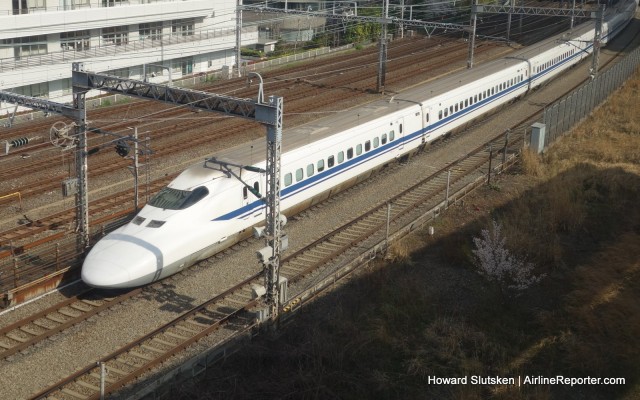
No, I didn’t take a ride on the Shinkansen, but I managed to get this photo as one zipped by. Maybe next trip!
I did the math – I was on the ground in Tokyo for 75 hours, from the time the 767’s door opened on my arrival, to the time the door closed for departure. Phew! Not nearly enough time, not at all, to properly explore. Time to plan a return trip to Japan!
I’m grateful for the invitation from All Nippon Airways to join this special media event. Flights and accommodation were provided by ANA, and the stories and opinions are mine.
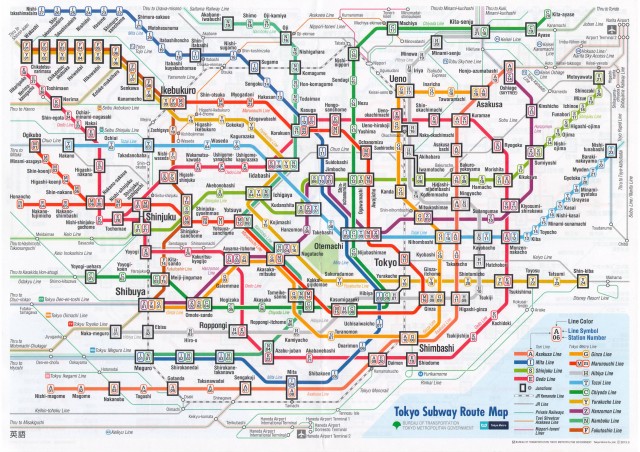
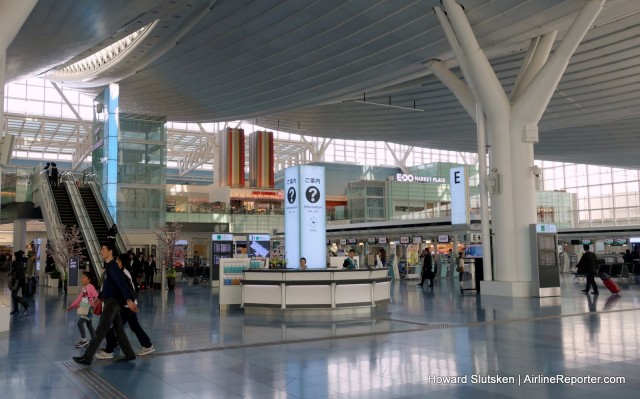
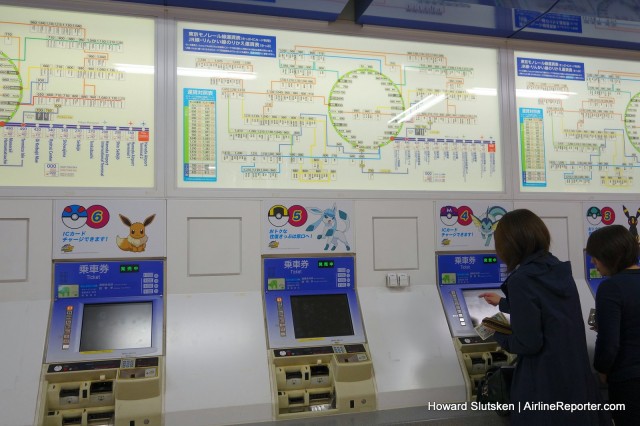
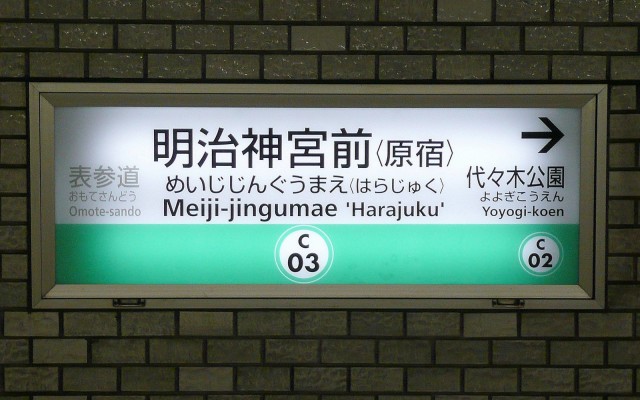
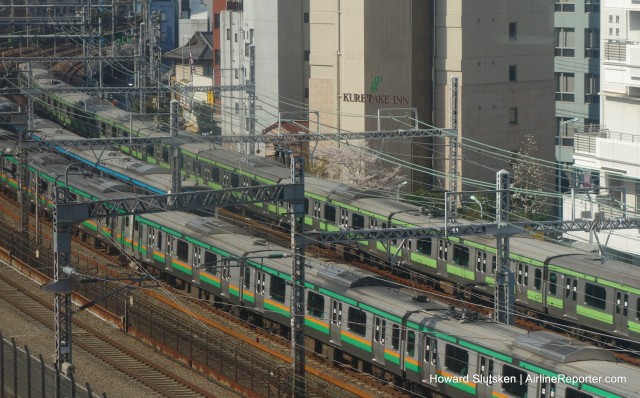
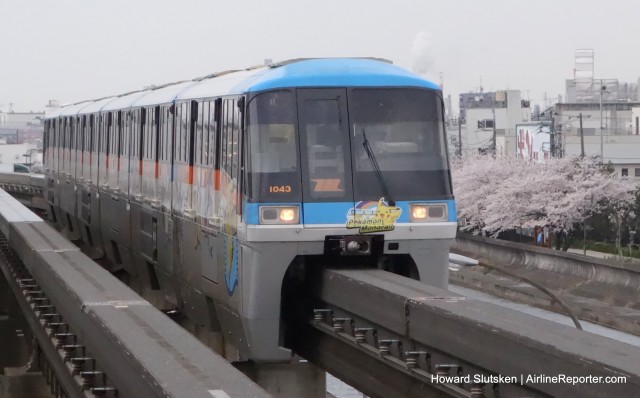
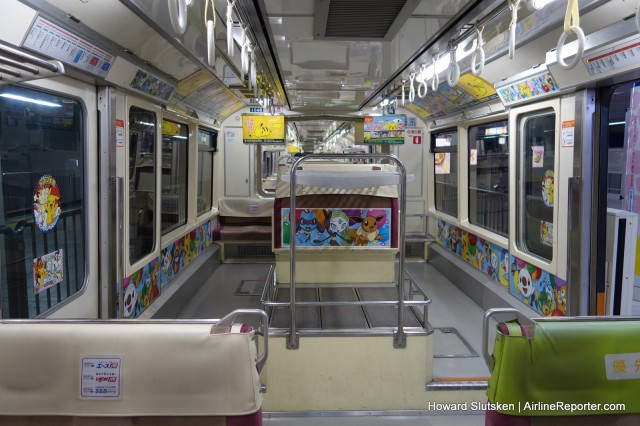
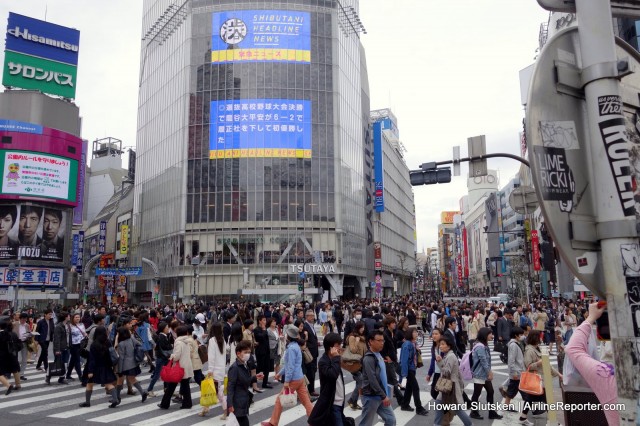
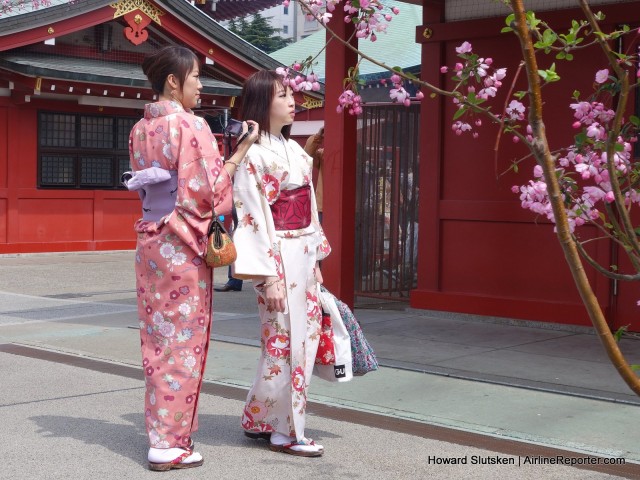
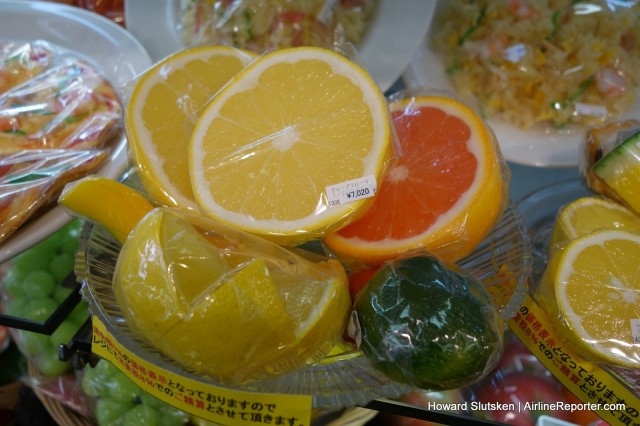
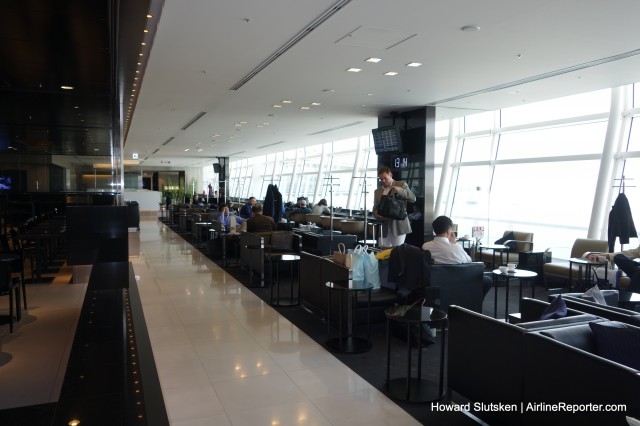
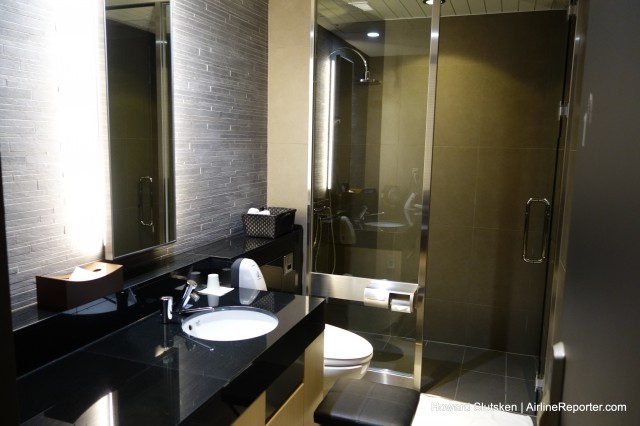
It’s so nice to read your story and totally made me missing Japan more and more. Even I just came back to Vancouver from NRT on May 2nd, by JAL 787 of course.
I’ll talk to my coworker about your experience in Tokyo. She has been exciting for the first Japan vacation a couple of months already. And finally she’ll depart by the end of this month.
Those Japanese mega cities, like Tokyo, Osaka, or Nagoya, they all have amazing railway systems. Just like you told in the story, “The entire system is clean, efficient, inexpensive, and operates exactly on time, all the time”. I’m always fascinated by the same platform transfer between different lines, like Yamanote Line & Keihin Tohoku line on the east side, Yamanote Line & Shonan Shinjuku Line on the west side of the city.
For my latest trip, we had a domestic flight by JAL from Fukuoka to HND first, then the same day flight from NRT to YVR. Between the two airports, except bus(1hour/3000yen), I choose the through services by train. The route includes Keikyu Line, Toei subway Asakusa line (different from Tokyo Metro), and Keisei Line. However I didn’t even need to do any transfer. The same train runs through the three company’s railroads, although drivers was changed at the border stations. The 90 mins/1780 Yen trip run on the elevated, underground and ground tracks, from city center to suburban. It was totally a fantastic experience for us.